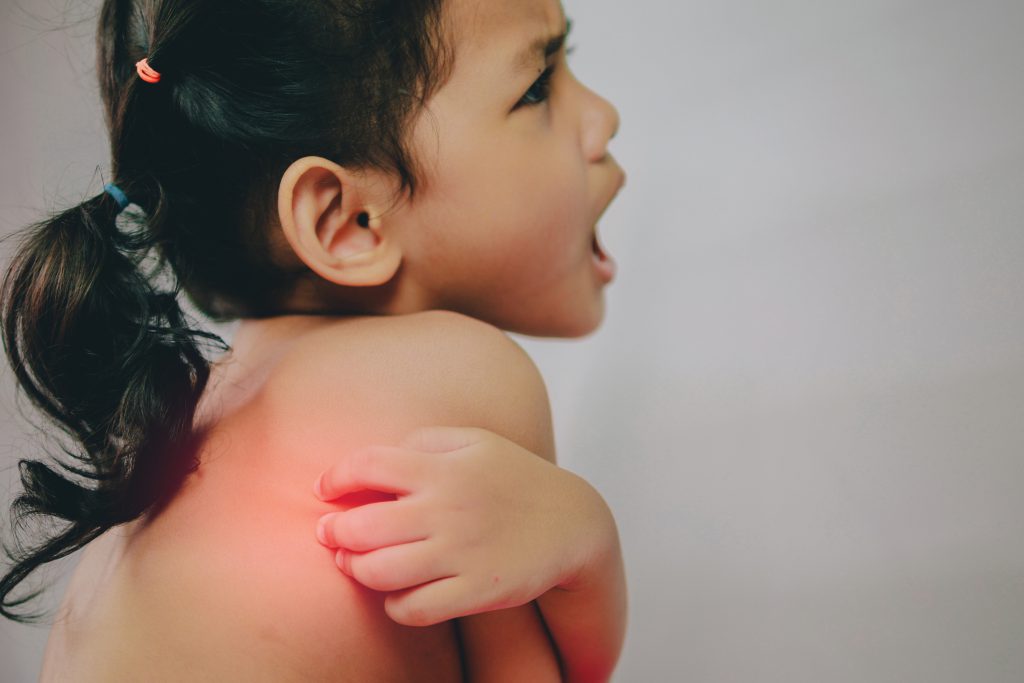
My first reaction to moving to the suburbs was “Wow! The kids will finally have a backyard! We can grill; the kids can run around; the dog will finally be free and not destroy my living room.
My next thought was – Wow! A Backyard! Tall grass and ticks! Lyme disease! Fortunately, running around Central Park in NYC has not resulted in any tick bites or large bulls-eye rashes. But now that we are leaving Manhattan, I will be entering the world of child, adult and dog tick checks.
The literature on lyme disease can be completely overwhelming. The symptom check list for lyme disease is vast and confusing and includes anything from a rash to chronic fatigue and arthritis to meningitis. If caught early, lyme disease is easily treatable, but chronic lyme disease can be more difficult to treat and diagnose.
So, here is a quick guide for parents on prevention, diagnosis and treatment of lyme disease.
CLOTHING – the CDC recommends avoiding hiking in tall grassy areas, leaning on trees, or stone walls in grassy areas. Children and adults should wear light clothing with tall socks and buttoned long sleeve shirts (fun on a 90 degree day in the summer). Of note, you can buy permethrin treated clothing items that repel ticks. The spray comes off in about 20-30 washes.
TICK CHECKS – you should always check yourself, children and pets for ticks after they have been outside. This includes behind the ears, and in the scalp. There are some studies that demonstrate that bathing after being outside may help to remove any loosely attached ticks.
TICK REMOVAL – this is where many of the myths fall. Ticks should not be burned, smothered or removed with bare fingers. One thing that is really handy to have at home are a pair of fine tipped tweezers (not blunt edge). With the tweezers you grasp the tick as close to the skin as possible and remove the tick with steady upward pressure. Do not squeeze, crush or twist the tick. Remove any pieces of tick left over in the skin with tweezers. Clean the area with alcohol or betadine.
Do not touch the tick with your bare hands. Do not smash the tick with a hammer (I have actually seen this happen)
Antibodies to lyme disease do not form for at least 2-3 weeks. Testing for lyme disease after you have removed a tick from yourself, your loved one or your pet is not necessary and not helpful.
If the tick was engorged, attached for more than 36 hours, and you live in an area with alot of lyme disease, prophylaxis might be indicated. This means a single dose of antibiotic (tetracycline). Unfortunately this is only indicated for children 8 years and over and not for pregnant women.
As with everything, consult with your health care provider if you have any questions.
Looking for something specific? Write to Dr. Audrey Paul and let her know what topic you're interested in learning more about.
Get in touchLooking for something specific? Write to Dr. Audrey Paul and let her know what topic you're interested in learning more about.

